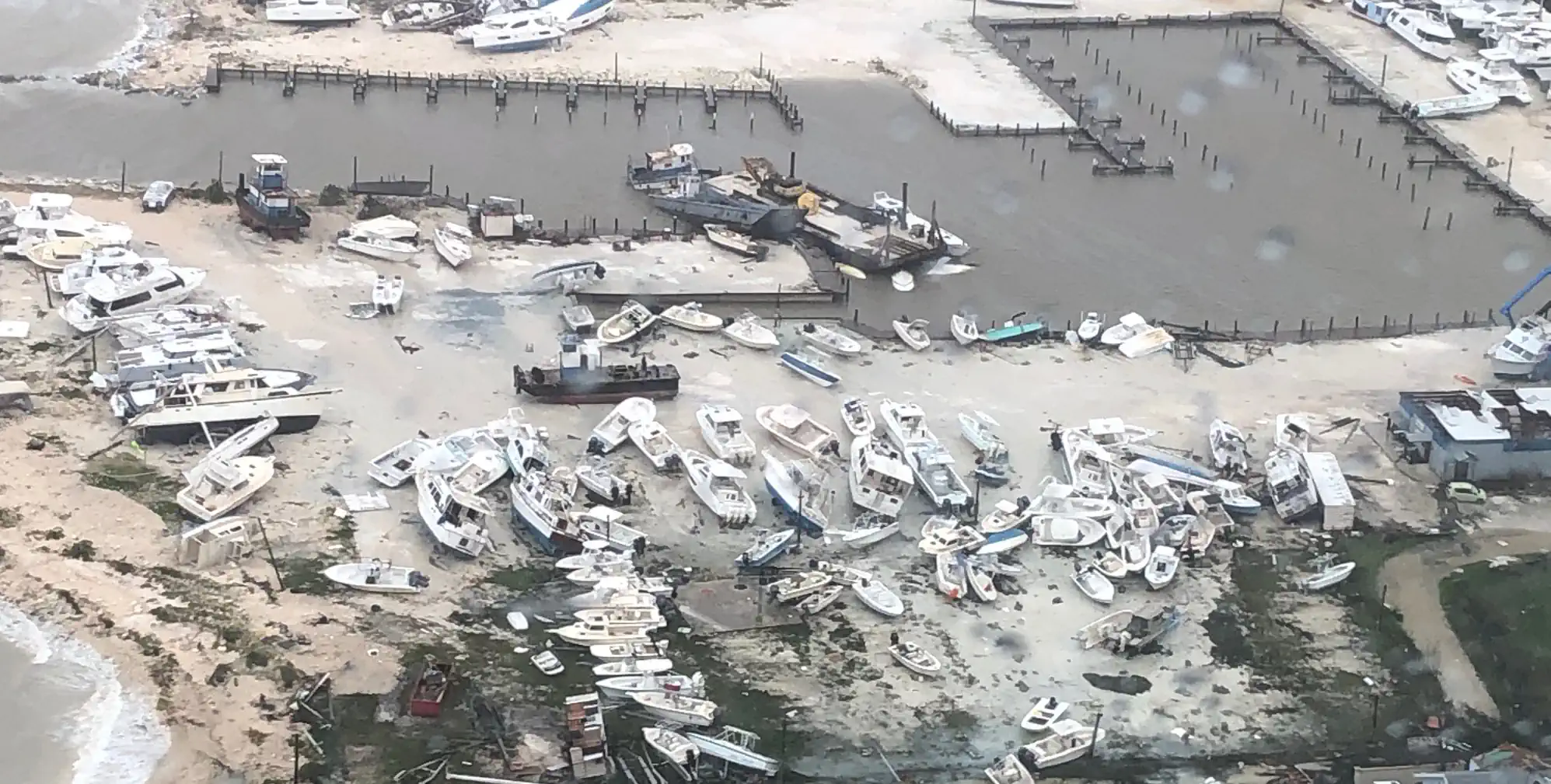Emergency management planners in the Puget Sound region of Washington have a powerful new decision-making tool at their disposal as they plan for earthquake resilience. CNA has built an interactive map that allows local leaders to select the most effective locations for distributing food and other emergency supplies after a catastrophic earthquake. More than 1,600 possible sites have been color-coded on the map based on a score that takes into account 21 indicators, ranging from population density to the number of households in the area with no vehicle.
Probably no other place in the country has access to such a comprehensive analysis of its potential disaster relief distribution sites—and for good reason. The Cascadia Subduction Zone, where Greater Seattle is situated today, has experienced catastrophic earthquakes about every 250 years on average over the past 10,000 years. The last earthquake, in 1700, may have measured over 9.0 on the Richter scale. Geologists estimate that the region has a one-in-five chance of experiencing another major quake within 50 years. The Seattle Metro Urban Areas Security Initiative 2018 Regional Assessment found that in the wake of such a catastrophe, nearly 1.7 million people would need food and water, but the area was only capable of supplying 138,000 people with disaster relief.
CNA has spent more than two years working with emergency management leaders in the eight-county region to increase supply chain resilience and help close the preparedness gap. Our analyses build upon prior investigations by federal, state, local, and tribal agencies into how this event will disrupt all facets of life in the region. In 2021, regional leaders asked CNA to use data analysis to design a better way to plan how to distribute emergency supplies, since a Cascadia earthquake will significantly disrupt supply chains for critical commodities. Using funding from the FEMA Regional Catastrophic Preparedness Grant Program, local leaders worked with CNA to develop a sophisticated yet simple-to-use tool: the Puget Sound CPOD Prioritization Viewer.
What is a CPOD? Where should they be placed?
In emergency management, a community point of distribution, or CPOD, is a centralized location where the public comes to receive life-sustaining commodities such as food, water, tarps, and ice after a disaster. Local leaders involved in this project wanted to ensure that selected CPOD sites were the ones best suited to meet the population’s needs, not just the most convenient or best-known sites.
CNA worked with local emergency managers to define what “best suited” means and ultimately identified 21 indicators to evaluate each site. For example, CPOD locations should have ample paved space and be close to transportation routes. It’s also a priority to site them near dense populations and areas where people have needs related to access and food security. Those might be areas farther from grocery stores, places the U. S. Department of Agriculture has designated as “food deserts.” Other indicators account for the advantages of having CPODs near other response resources: ports, airports, heliports, and other government response sites like medical PODs.
The CPOD Prioritization Viewer visualizes the results of this assessment so that an emergency manager trying to pre-select CPOD locations during the planning process—or making urgent decisions in a crisis—can quickly identify sites that score in the top 10 percent for suitability. They are indicated by a dark green dot on the digital map. Our analysis also considered which sites were vulnerable to tsunami inundation, soil liquefaction, chemical releases, or other risks. In the viewer, high-risk CPOD sites are marked with a red square. Clicking on any site provides more information on the site and the surrounding area. For example, clicking on the SeaTac Community Center site reveals that it has 121,150 square feet of usable space and 28,697 residents living within a two-mile radius. Several indicator layers on the map can also be activated to help emergency managers understand the population in the area, such as whether it is within a neighborhood with a high Social Vulnerability Index score.
Planning for post-disaster population islands
CNA analysts realized early on that a Cascadia earthquake would isolate populations in de facto islands—areas bounded by damage to the transportation network, such as fallen bridges or roadways blocked by landslides or fractured by liquefied soil. Using the results from a CISA Resiliency Assessment that modeled damage to bridges and highways, in combination with natural barriers, we delineated the boundaries of “population islands” in the eight-county region, identifying 258 in all. Movement of goods and people between islands will be nearly impossible—at least initially. The people isolated within each island will need aid, so population islands feature prominently in the viewer to allow planners to consider whether selected CPODs will be sufficient to meet demand.
The interactive map that makes these results instantly accessible to emergency managers is built with geographic information system (GIS) software within Esri’s ArcGIS Online platform. Emergency managers have always relied on maps to make decisions, and GIS maps can be rich with information. CNA’s Center for Homeland Security and Infrastructure Resilience and Center for Emergency Management Operations have established a team of GIS specialists who develop decision-making tools to help emergency managers and planners visualize what needs to happen where.
Next steps for catastrophic resilience in Puget Sound and beyond
In workshops and exercises, Puget Sound leaders have begun to use the viewer and other planning tools developed by CNA to help them select, organize, staff, equip, lay out, and operate the CPODs. CNA even presented the CPOD Prioritization Viewer with Snohomish County leaders at the Esri Safety and Security Summit earlier this year. While CNA continues to work with the Puget Sound region on a new project to identify local food businesses that could supply earthquake survivors before emergency relief arrives, we are also adapting the CPOD viewer approach for emergency management planners in other regions, including the Bay Area of California. Our work to make catastrophic preparedness as accessible as navigating an interactive map is only beginning.



